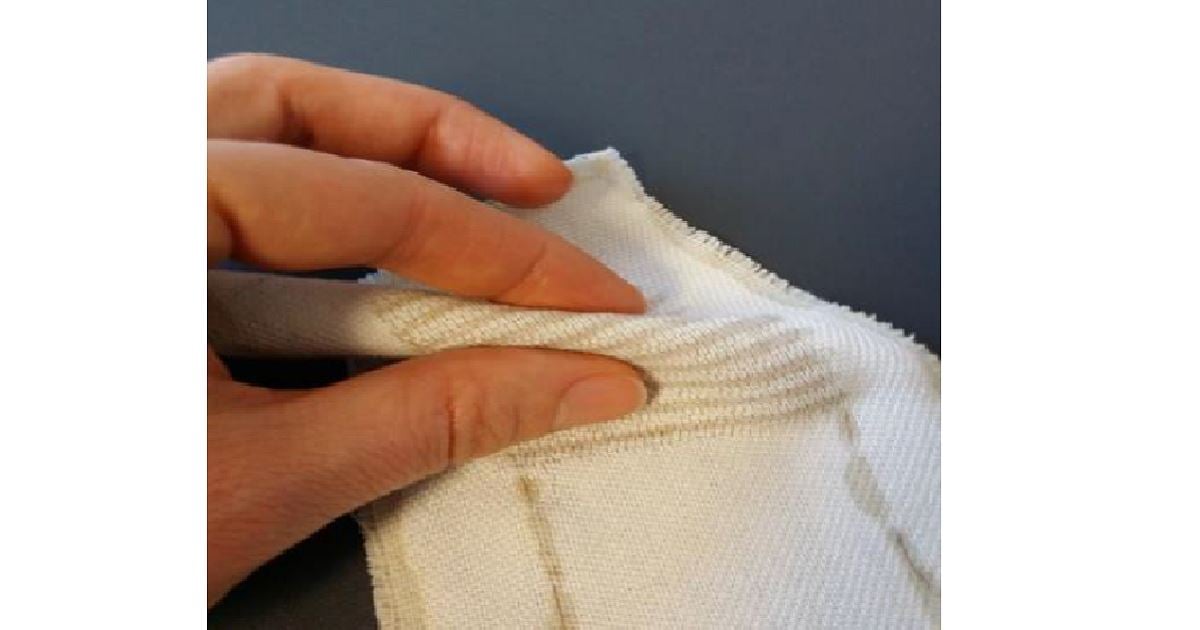- 2.5Impact Factor
- 5.5CiteScore
- 20 daysTime to First Decision
Smart Textiles: Materials, Fabrication Techniques and Applications
This special issue belongs to the section “Materials Science and Engineering“.
Special Issue Information
Dear Colleagues,
From multifunctional textiles to smart textiles, including electronic textiles (e-textiles), various terms are used to describe materials enhanced with advanced functionalities. The term “smart clothing” refers to garments that offer active functions beyond the traditional properties of clothing. These enhanced properties are achieved through the integration of functional textiles, electronic components, or a combination of both.
Depending on their capabilities, smart textiles can be classified into different categories: (i) passive smart structures, (ii) active smart structures, and (iii) very smart structures. Passive smart structures are capable of sensing stimuli. For example, they can detect environmental changes such as temperature, humidity, or pressure. Active smart structures, in addition to sensing a stimulus, are capable of responding to it in a preprogrammed manner. Very smart structures can sense, react, and adapt to the received stimulus. They have learning capabilities that allow them to adjust to specific situations.
These textiles could revolutionize numerous sectors, from clothing to personal protective equipment, and play a major role in the emergence of new fields such as healthcare. We can identify three main areas of application—healthcare, transportation, and energy—as well as protection and safety.
We are therefore interested in articles that investigate smart textiles. Potential topics include, but are not limited to, the following:
- Smart textile materials;
- Textile-based sensors;
- Artificial intelligence (AI) in textile and clothing science;
- Surface functionalization;
- Nanofibres and nanotechnologies;
- Medical textiles;
- Protective textiles;
- Comfort;
- Energy storage/harvesting;
- Environmental impact and sustainability;
- Standardization and testing methods.
Original work highlighting the latest research and technical developments is encouraged, but review papers are also welcome.
Dr. Hayriye Gidik
Guest Editor
Manuscript Submission Information
Manuscripts should be submitted online at www.mdpi.com by registering and logging in to this website. Once you are registered, click here to go to the submission form. Manuscripts can be submitted until the deadline. All submissions that pass pre-check are peer-reviewed. Accepted papers will be published continuously in the journal (as soon as accepted) and will be listed together on the special issue website. Research articles, review articles as well as short communications are invited. For planned papers, a title and short abstract (about 250 words) can be sent to the Editorial Office for assessment.
Submitted manuscripts should not have been published previously, nor be under consideration for publication elsewhere (except conference proceedings papers). All manuscripts are thoroughly refereed through a single-blind peer-review process. A guide for authors and other relevant information for submission of manuscripts is available on the Instructions for Authors page. Applied Sciences is an international peer-reviewed open access semimonthly journal published by MDPI.
Please visit the Instructions for Authors page before submitting a manuscript. The Article Processing Charge (APC) for publication in this open access journal is 2400 CHF (Swiss Francs). Submitted papers should be well formatted and use good English. Authors may use MDPI's English editing service prior to publication or during author revisions.
Keywords
- functional textiles
- e-textiles
- smart materials
- fabrication techniques
- sustainability

Benefits of Publishing in a Special Issue
- Ease of navigation: Grouping papers by topic helps scholars navigate broad scope journals more efficiently.
- Greater discoverability: Special Issues support the reach and impact of scientific research. Articles in Special Issues are more discoverable and cited more frequently.
- Expansion of research network: Special Issues facilitate connections among authors, fostering scientific collaborations.
- External promotion: Articles in Special Issues are often promoted through the journal's social media, increasing their visibility.
- e-Book format: Special Issues with more than 10 articles can be published as dedicated e-books, ensuring wide and rapid dissemination.

